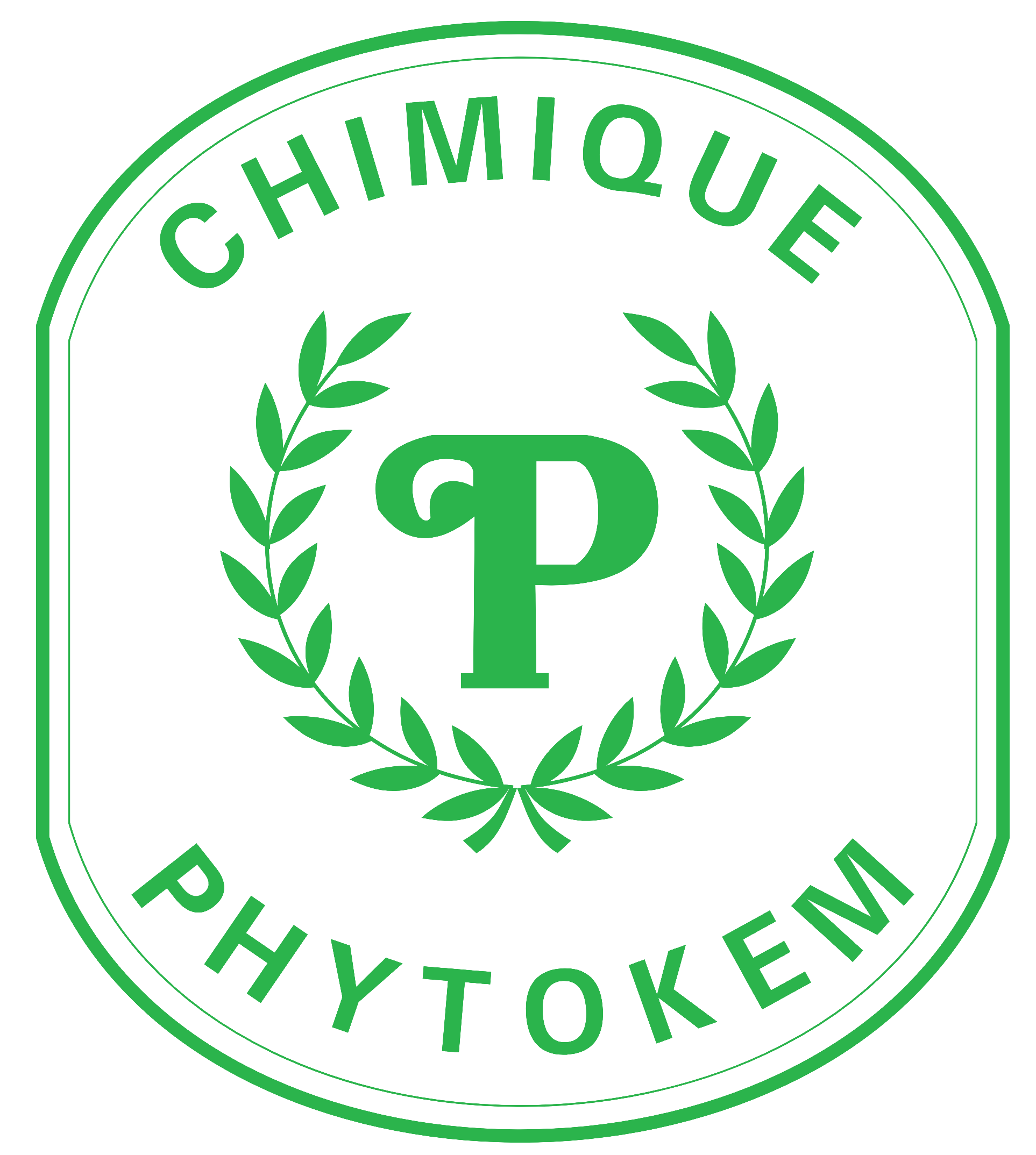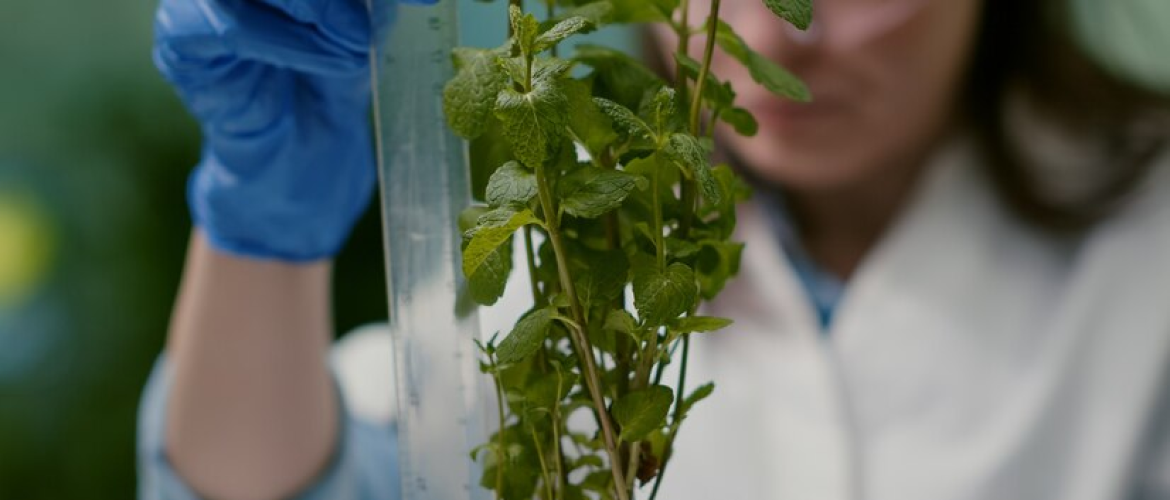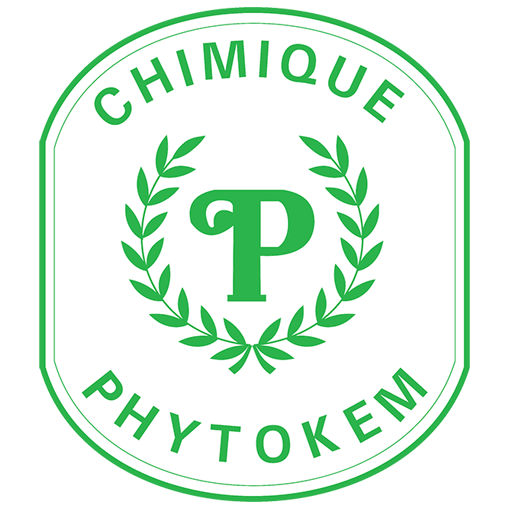Have you ever thought that what makes candies to be chewy or how energy drinks get their source of energy? The answer might surprise you: plant oligosaccharides. These natural compounds are becoming more in demand in different industries due to its special characteristics and added values.
What are Plant Oligosaccharides?
Plant oligosaccharides are a type of carbohydrate composed of multiple sugar molecules linked together. They are found naturally in a variety of plants, including legumes, grains, and fruits. Unlike simple sugars, oligosaccharides are not easily digested by our bodies. Instead, they pass through the digestive system relatively intact, reaching the large intestine.
Key Applications of Plant Oligosaccharides
Food & Beverage
One of the most significant uses of plant oligosaccharides is in the food and beverage sector. You’ll often find them in candies, energy drinks, and even diet chocolates. They can enhance sweetness without adding extra calories, making them a popular choice for health-conscious consumers. Plus, they add a delightful texture to biscuits, cakes, and pastries, making those treats even more enjoyable. And let’s not forget chewing gums! Plant oligosaccharides help create a chewy consistency that keeps your taste buds satisfied.
Cosmetics
These plant oligosaccharides are not limited to what you eat them; you can also use them on your skin! You’ll find them in a range of cosmetic products like creams, ointments, and lotions. They help hydrate and nourish the skin, making them ideal for moisturizing formulations. Shaving creams benefit from their soothing properties, while shampoos often include them to enhance scalp health and improve hair texture. Essentially, these compounds help you look and feel your best.
Pharmaceuticals
In the pharmaceutical world, plant oligosaccharides play a crucial role as well. They are commonly found in liquid syrups, suspensions, and soft gel capsules. Their ability to improve taste and texture makes medications more palatable, especially for children. Plus, they can help with the absorption of nutrients and active ingredients, enhancing the overall efficacy of pharmaceutical products.
Overall, these plant oligosaccharides are present in the food we eat, the cosmetics we apply and even in the medications we consume. These convenient and useful additives make them an asset to any product enhancing our daily existence in many a way!


